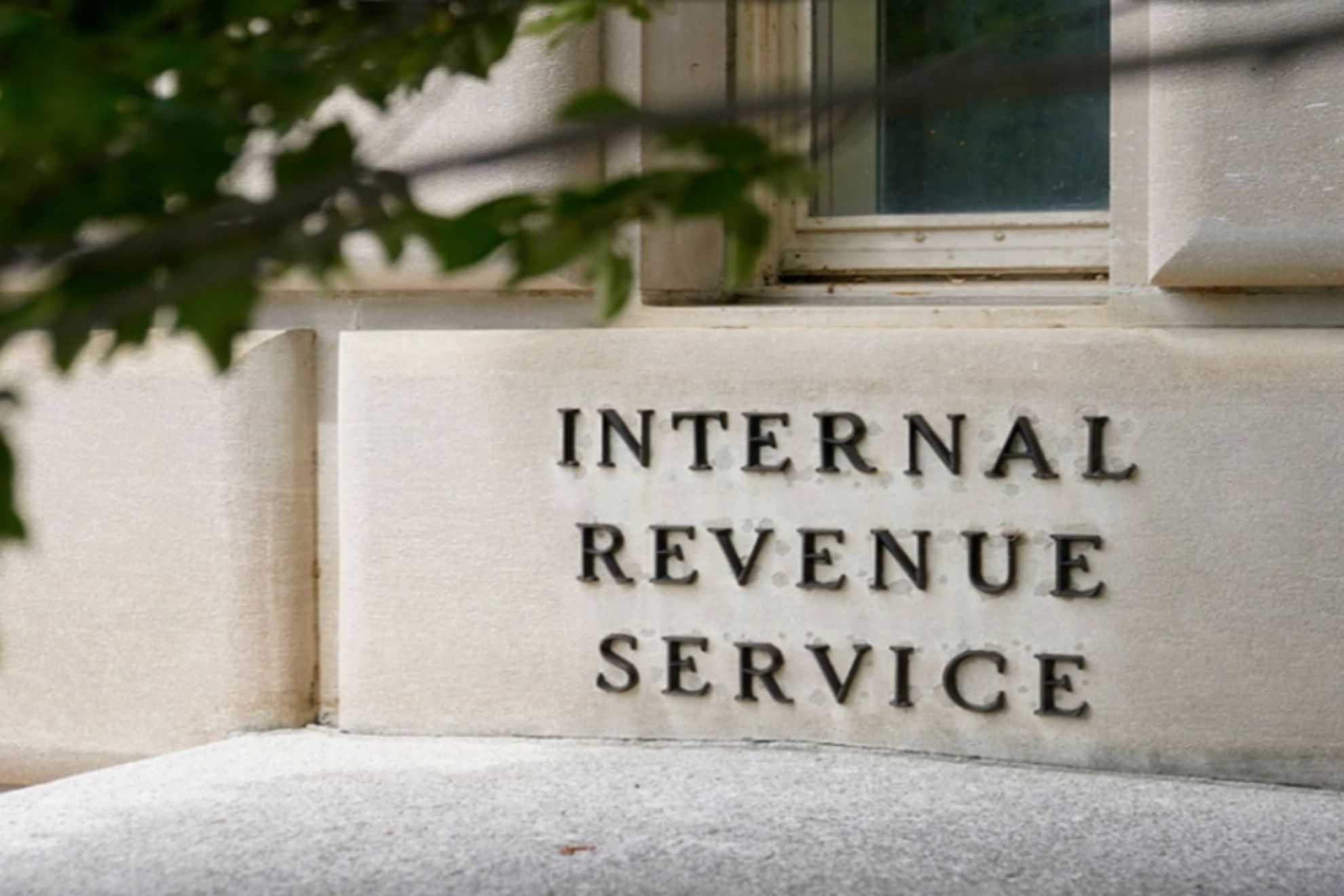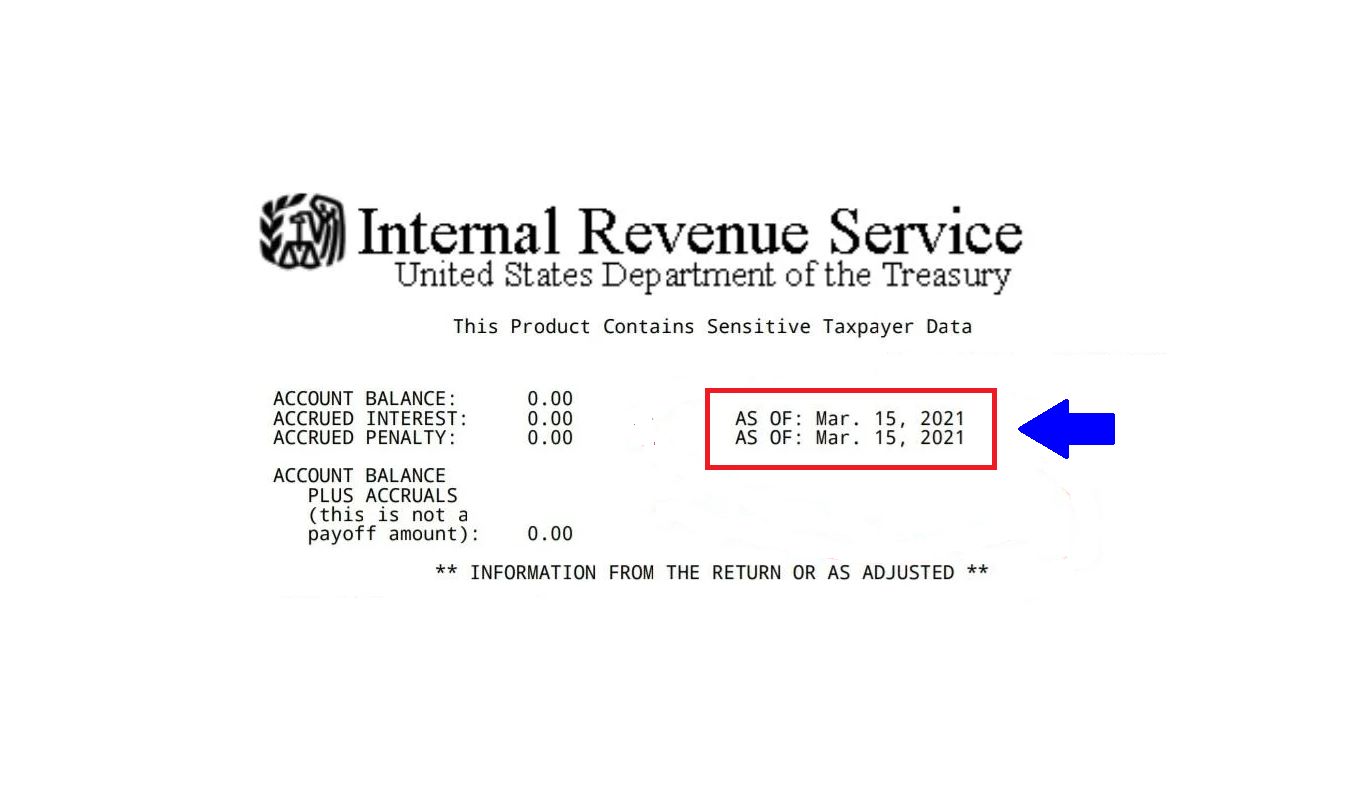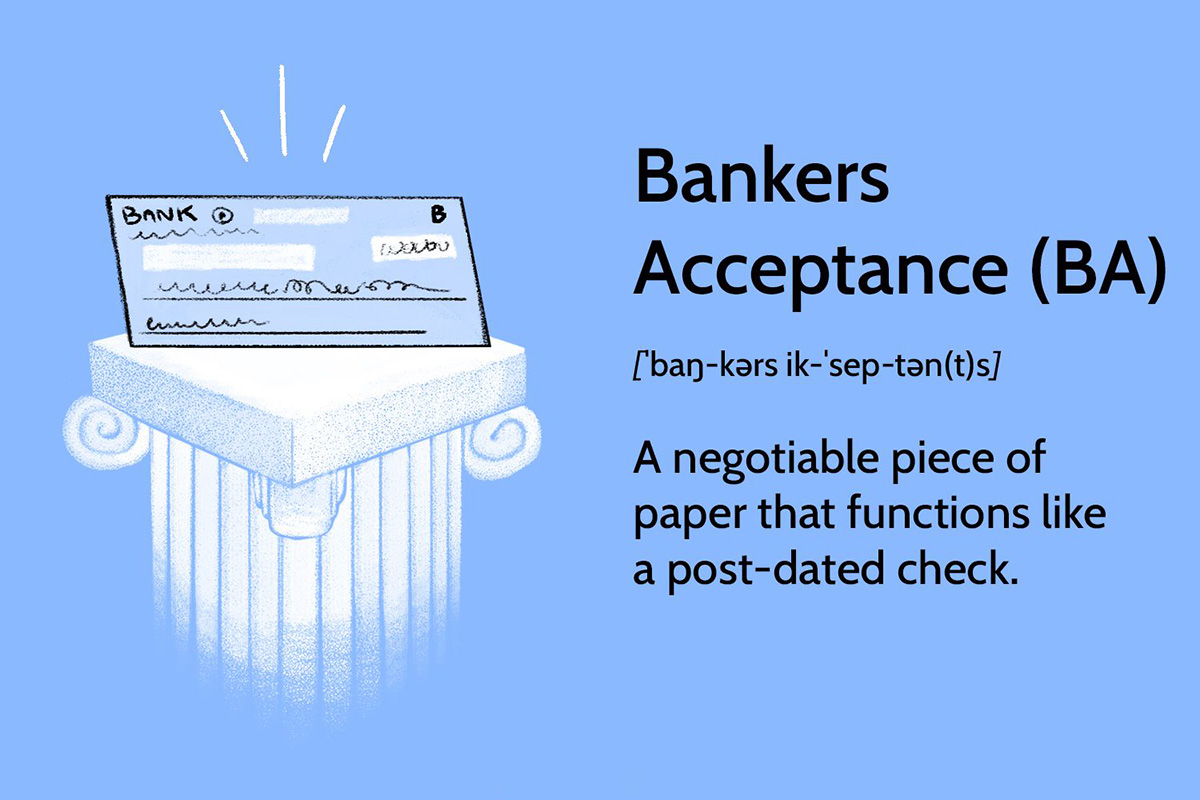Home>Finance>What Does The Processing Date Mean On An IRS Transcript?


Finance
What Does The Processing Date Mean On An IRS Transcript?
Published: November 1, 2023
Learn about what the processing date on an IRS transcript means and its importance in understanding your financial status. Explore more about finance and tax transcripts with our experts.
(Many of the links in this article redirect to a specific reviewed product. Your purchase of these products through affiliate links helps to generate commission for LiveWell, at no extra cost. Learn more)
Table of Contents
Introduction
Welcome to the world of tax and finance! Understanding the intricate workings of the Internal Revenue Service (IRS) can be a daunting task, especially when it comes to deciphering the various codes and jargon associated with tax transcripts. One particular detail that often raises questions is the processing date on an IRS transcript.
IRS transcripts are detailed records of taxpayer accounts, allowing individuals and tax professionals to review past tax filings, payments, and any other activity that may impact their tax situation. These transcripts are invaluable tools for taxpayers seeking to understand the status of their tax returns or resolve any potential issues.
So, what exactly does the processing date mean on an IRS transcript? In this article, we will demystify the significance of the processing date and shed light on its implications for taxpayers.
Understanding the processing date is crucial as it provides insight into the status of a tax return or any actions taken by the IRS. By decoding this information, individuals can gain valuable knowledge about their tax situation and plan accordingly.
Join us as we delve into the world of IRS transcripts and decode the secrets behind the processing date. Whether you’re a taxpayer wanting to navigate the complexities of the IRS or a tax professional seeking to guide clients through the tax journey, this article will equip you with the knowledge you need to make sense of the processing date on an IRS transcript.
Understanding IRS Transcripts
Before diving into the specifics of the processing date, it’s essential to have a clear understanding of what an IRS transcript is and its purpose. An IRS transcript is a document that provides a summary of a taxpayer’s tax return information. It includes important details such as income reported, deductions claimed, and tax payments made.
The IRS generates various types of transcripts, each serving a specific purpose. The most common types of transcripts include the tax return transcript, which provides a line-by-line overview of the taxpayer’s original tax return, and the account transcript, which shows any changes or updates to the taxpayer’s account.
IRS transcripts serve several purposes, such as verifying income, applying for a mortgage or loan, resolving tax disputes, or understanding the status of a tax return. Tax professionals also rely on transcripts to accurately assess a taxpayer’s financial situation and develop the most effective tax strategies.
It’s important to note that while IRS transcripts provide a wealth of information, they do not reflect the current balance or outstanding amounts owed. For specific account balances, taxpayers should refer to their individual tax account statements.
Now that we have a basic understanding of IRS transcripts, let’s delve into the significance of the processing date, a key element found on these documents.
What is the Processing Date?
The processing date is a vital piece of information displayed on an IRS transcript. It represents the date on which the IRS received and processed a tax return or any subsequent changes made to the taxpayer’s account.
The processing date is essential as it provides insight into the timeline of IRS activities regarding a taxpayer’s account. It helps individuals understand when their return was received, when it was processed, and when any updates or changes were made.
When taxpayers file their returns electronically, the processing date is typically within a few days of submission. However, for paper returns, the processing date may be delayed due to the manual processing required.
One important thing to note is that the processing date reflects the date the IRS received the return, not necessarily the date it was completed or when a refund will be issued. The actual processing time and refund disbursal may vary depending on various factors, such as the complexity of the return, potential errors or discrepancies, and IRS workload.
While the processing date provides valuable information, it doesn’t indicate the status of a taxpayer’s refund or any issues identified during processing. The processing date merely serves as a starting point to track the progress of a return and any subsequent actions taken by the IRS.
Next, let’s explore the importance of the processing date and how it can impact taxpayers.
Importance of the Processing Date
The processing date on an IRS transcript holds significant importance for taxpayers and tax professionals alike. Understanding its implications can help individuals navigate the complexities of the tax process and anticipate certain outcomes. Here are a few reasons why the processing date is important:
1. Tracking Return Status: The processing date serves as a reference point to track the progress of a tax return. By knowing the date the return was received and processed by the IRS, taxpayers can estimate when to expect potential updates or refunds.
2. Identifying Processing Delays: If a taxpayer’s return has been pending for an extended period beyond the typical processing time, the processing date can serve as evidence of any possible delays. This knowledge allows taxpayers to follow up with the IRS and ensure that their return is being processed in a timely manner.
3. Resolving Issues or Errors: In case errors or discrepancies are identified during processing, the processing date can provide a reference point to help pinpoint when the issue occurred. This information is vital when working with the IRS to resolve any outstanding matters or provide additional documentation.
4. Estimate Potential Refund Date: While the processing date does not guarantee a specific refund date, it can help taxpayers estimate when they might receive their refund. By monitoring the processing date and referring to the IRS refund schedule, individuals can get an idea of when to expect their funds.
5. Plan Ahead: The processing date allows taxpayers to plan their finances accordingly. Whether it’s budgeting for an expected refund or preparing for any potential tax payment, having knowledge of the processing date can help individuals make informed decisions and avoid any surprises.
Overall, understanding the significance of the processing date empowers taxpayers to stay informed and stay in control of their tax situation. It provides valuable insights into the status of a return and allows for timely actions if any discrepancies or delays arise.
Now, let’s explore what the processing date actually indicates and what factors can impact it.
What Does the Processing Date Indicate?
The processing date on an IRS transcript provides valuable information about the timeline and status of a tax return. While it doesn’t offer a detailed explanation, it can indicate several important aspects:
1. Return Receipt: The processing date confirms that the IRS has received the taxpayer’s return. This assures the taxpayer that their submission has been successfully transmitted and is in the IRS’s possession.
2. Processing Status: The processing date reflects the date on which the IRS initiated the processing of the return. It signifies that the return is being reviewed and assessed for accuracy and eligibility for any credits, deductions, or refunds claimed.
3. Updates or Changes: If any updates or changes are made to the taxpayer’s account after the initial processing, the processing date on subsequent transcripts will reflect the date of those modifications. These updates could include adjustments to income, additional payments applied, or changes to the refund amount.
4. Progress Tracking: The processing date serves as a reference point to track the progress of a return. Taxpayers can monitor the processing date on subsequent transcripts to assess if there has been any movement or updates in the processing timeline.
5. Communication with the IRS: The processing date can be helpful when contacting the IRS for inquiries or to resolve any issues related to the return. It provides a specific event in the timeline that can be referenced during discussions with customer service agents or tax professionals.
While the processing date provides valuable information, it’s important to understand that it is not the final indicator of refund disbursement or the resolution of any outstanding matters related to the return. The processing date simply represents the IRS’s acknowledgement of receiving the return and initiating the review process.
Now, let’s explore the factors that can influence the processing date on an IRS transcript.
Factors Affecting the Processing Date
The processing date on an IRS transcript can be influenced by various factors that may impact the timeline and efficiency of the tax return processing. These factors include:
1. Filing Method: The method used to file a tax return can significantly affect the processing date. E-filing, which involves submitting the return electronically, is generally faster than filing a paper return. E-filed returns are usually processed within a few days, while paper returns require manual processing and may take longer.
2. Return Complexity: Returns with complex tax situations, such as those involving self-employed income, rental properties, or extensive itemized deductions, may require additional scrutiny. As a result, these returns may have a longer processing time and a later processing date.
3. Errors or Discrepancies: If errors or discrepancies are identified on a tax return during processing, it may result in a delay in the processing date. The IRS may need to contact the taxpayer for additional information or clarification, which can extend the processing timeline.
4. IRS Workload: The volume of tax returns received by the IRS can affect the processing date. During peak tax season, when millions of returns are submitted, the IRS may experience a higher workload, leading to longer processing times and delayed processing dates.
5. Identity Verification: In some cases, the IRS may need to verify the taxpayer’s identity to ensure the accuracy and legitimacy of the return. This additional step can result in a longer processing time and, consequently, a later processing date.
6. Refundable Credits or Special Situations: Returns that involve refundable credits, such as the Earned Income Tax Credit (EITC) or the Child Tax Credit, may require additional review to verify eligibility. Similarly, returns with special circumstances, such as an amended return or claims for specific deductions or exemptions, may undergo further examination, leading to a delayed processing date.
It’s important to note that the factors mentioned above are not absolute, and individual cases may vary. While these factors can influence the processing date, each return is unique, and the processing time can differ based on specific circumstances and the IRS’s workload at any given time.
Now that we understand the factors that can impact the processing date, let’s explore how to access an IRS transcript to view this valuable information.
How to Access an IRS Transcript
Obtaining an IRS transcript is a straightforward process that allows taxpayers to access important information, including the processing date. There are several methods available to retrieve an IRS transcript:
1. Online Request: The quickest and most convenient way to access an IRS transcript is through the IRS website. Taxpayers can visit the “Get Transcript” page on the IRS website and utilize the “Get Transcript Online” tool. After verifying their identity, individuals can view and print their transcript, which will include the processing date.
2. Phone Request: Taxpayers can also request an IRS transcript by calling the IRS helpline at 1-800-908-9946. Follow the prompts to request a transcript, and it will be mailed to the taxpayer’s address of record. It’s important to note that phone requests do not provide immediate access to the processing date. The transcript will be mailed, and the processing date will be visible on the printed transcript.
3. Mail Request: For those who prefer traditional mail, Form 4506-T can be completed and submitted to the IRS. This form allows individuals to request specific types of transcripts, including the account transcript or the tax return transcript. The requested transcript will then be mailed to the address provided, and the processing date can be found on the printed transcript.
4. Tax Professional Assistance: Tax professionals who have authorization from their clients can access IRS transcripts on their behalf through the IRS e-Services platform. This option is beneficial for individuals who prefer to work with a tax professional to obtain and interpret their tax transcripts, including the processing date.
When accessing an IRS transcript, it’s important to provide accurate and up-to-date information to ensure a smooth retrieval process. It may take a few days for online requests or phone requests to process, and mailed transcripts can take several weeks to arrive.
Now that we know how to obtain an IRS transcript, let’s learn how to interpret the processing date and make sense of its significance.
How to Interpret the Processing Date
Interpreting the processing date on an IRS transcript requires understanding the context in which it is used and the information it signifies. Here are a few key points to consider when interpreting the processing date:
1. Comparison to Timeframes: To assess the progress of a return, it is important to compare the processing date to the typical processing timeframes set by the IRS. The IRS provides estimated timeframes for processing returns depending on the filing method (electronic or paper) and the complexity of the return. Comparing the processing date to these benchmarks can give taxpayers an idea of whether their return is on track or potentially delayed.
2. Subsequent Updates: While the initial processing date reflects the IRS’s receipt and acknowledgement of the return, subsequent transcripts may show new processing dates if any updates or changes are made to the taxpayer’s account. These updates indicate that further actions have been taken, such as adjustments to income, recalculations of tax owed, or refunds issued. Monitoring the changes in processing dates can provide insights into the progression of the IRS’s review and any subsequent actions taken.
3. Cross-Referencing with Refund Status: Taxpayers can cross-reference the processing date with the IRS Where’s My Refund tool to get additional information on the status of their refund. While the processing date is not directly tied to the refund status, comparing the processing date to the estimated refund date provided by the tool can help individuals approximate when they might receive their refund.
4. Contacting the IRS: If the processing date appears significantly delayed compared to the estimated processing timeframes, taxpayers have the option of contacting the IRS for further clarification. Speaking with a representative can provide insights into potential issues or delays in the processing of the return. However, it is important to note that the IRS may not be able to provide specific details until an appropriate amount of processing time has passed.
Understanding how to interpret the processing date allows taxpayers to stay informed about the status of their return and take appropriate actions, if needed. It provides a glimpse into the timeline and progress of the return processing, allowing individuals to plan their finances accordingly and address any potential issues that may arise.
Now that we have explored the interpretation of the processing date, let’s conclude our discussion.
Conclusion
The processing date on an IRS transcript holds valuable information about the timeline and progress of a tax return. By understanding the significance of this date and how to interpret it, taxpayers can gain insights into the status of their return and make informed decisions regarding their finances.
We have explored the various aspects of the processing date, including its role in tracking return status, identifying potential delays, and resolving issues or errors. The processing date serves as a reference point for taxpayers to monitor the progress of their return and anticipate any updates or refunds.
Factors such as the filing method, return complexity, errors or discrepancies, IRS workload, identity verification, and special circumstances can impact the processing date. These factors should be considered when assessing the timeline of a return and managing expectations regarding processing times.
Accessing an IRS transcript can be done through online requests, phone requests, or mail requests. Taxpayers can obtain transcripts that include the processing date, which enables them to stay up-to-date on their return’s progress and take appropriate actions if necessary.
Interpreting the processing date involves comparing it to typical processing timeframes, monitoring subsequent updates, cross-referencing with refund status, and contacting the IRS if significant delays occur. These steps help taxpayers understand the progression of their return and address any concerns in a timely manner.
In conclusion, understanding the processing date on an IRS transcript is essential for taxpayers and tax professionals alike. It provides critical information about the status of a return and empowers individuals to stay informed, plan their finances, and proactively address any issues that may arise. By mastering the interpretation of the processing date, taxpayers can navigate the complexities of the tax system and feel more confident in managing their tax affairs.














